Wow this 3 D stuff is beyond me .amazing work.
1/18 scale Flettner Fl-282 V21 Kolibri scratchbuild model
Collapse
This topic is closed.
X
X
-
 Guest
Guest -
I think you have put tremendous effort into creating this model and the results speak for themselves. Using CAD for scale modeling is definitely next level stuff. I just about have the patience to do an airfix kit or small diorama. I found it Interesting to read about how to use 3d printed parts and had no idea you needed to do so much surface preperation to get them ready to be primed. Your client must be very pleased with the work, i know i would.Comment
-
 Guest
Guest
Been long time since last visit, huh? Well, let's remember some hobby fun again.
The objective is to build two different diorama scenes for two different versions of the same helicopter:- One for the full fuselage version of the 1/18 scale Flettner Fl-282 V21 Kolibri model kit and,
- A second for the cutaway / fabric stripped version of the 1/18 scale Flettner Fl-282 V21 Kolibri model kit.
According to plan, both of them would include few additional features without distracting viewer's attention, keeping the Kolibri helicopter as the main protagonist of the story. Starting with the full fuselage version, the addition of a WWII era Luftwaffe's 200 litres fuel drum with a handpump attached, few 20 litres canisters and a filled bucket left on ground, seemed good idea to me in order to present a short refueling scene.
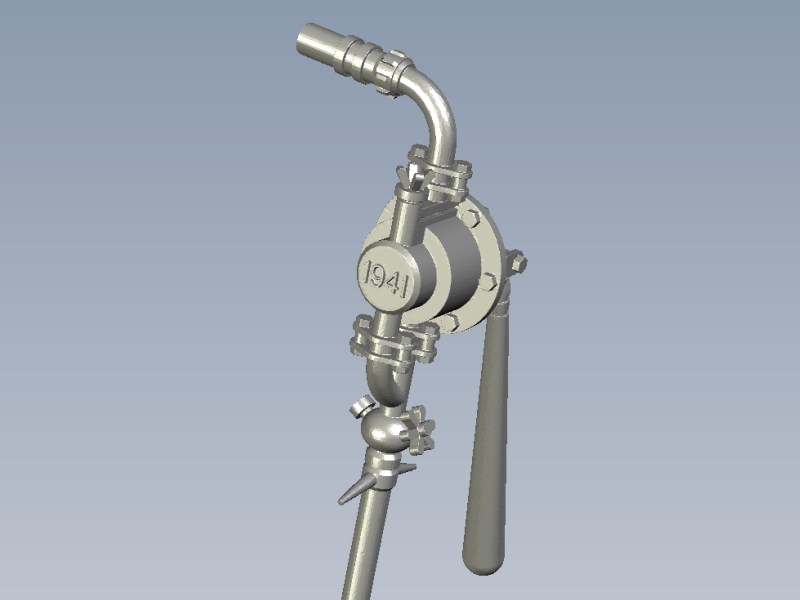
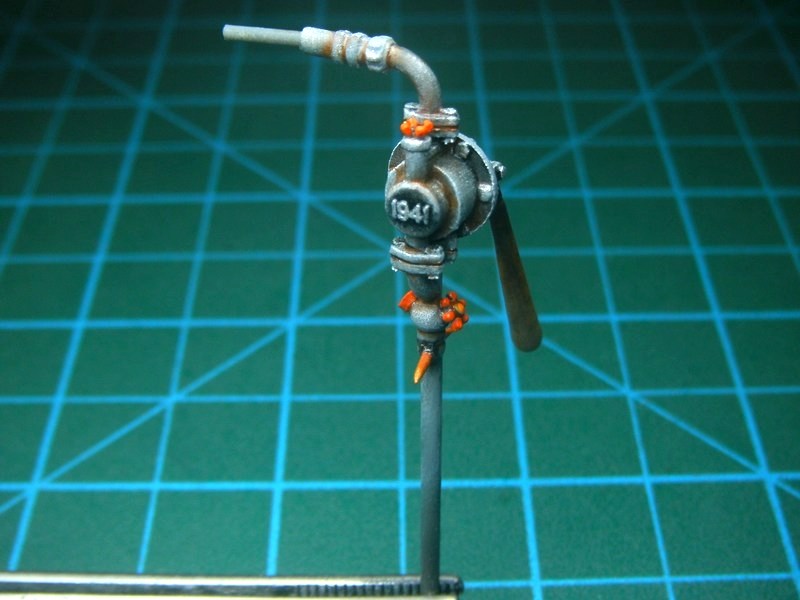
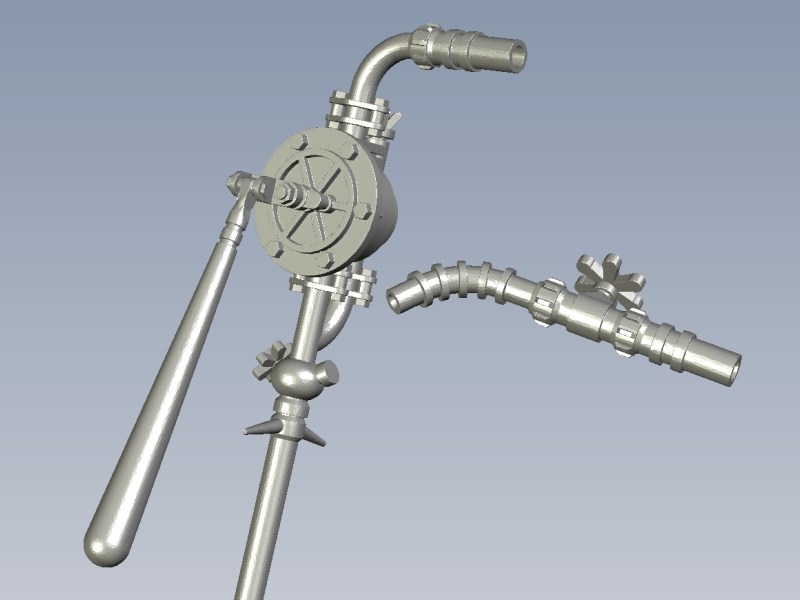
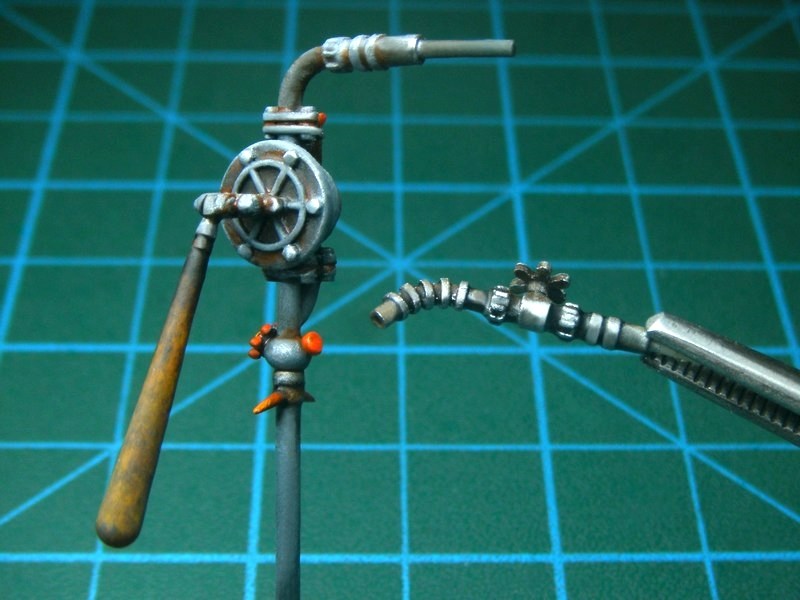
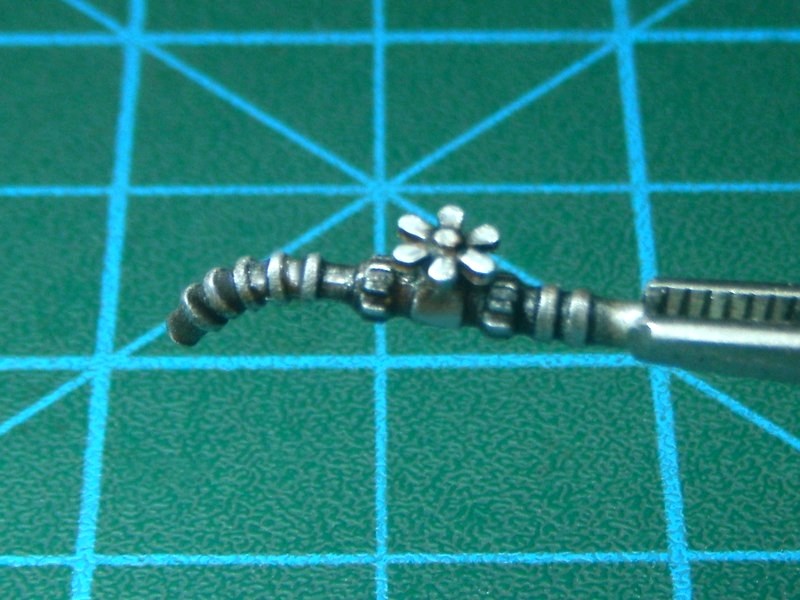

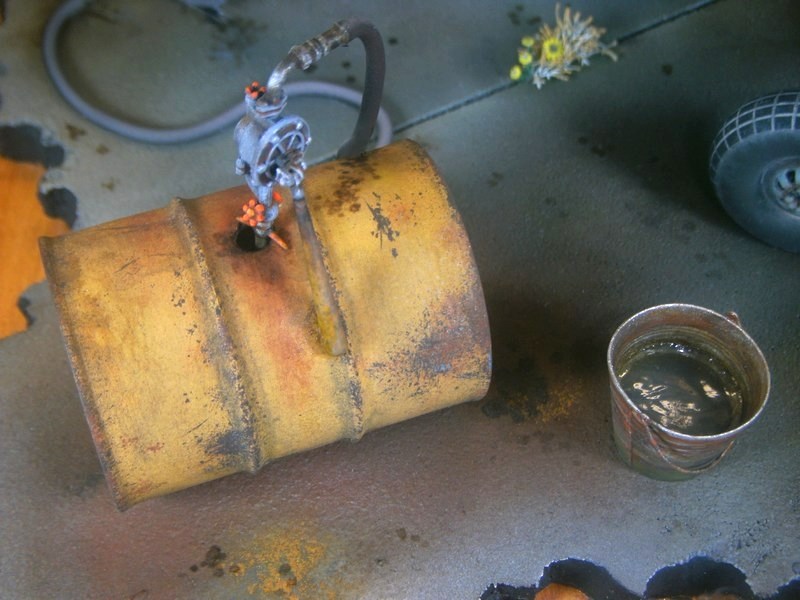

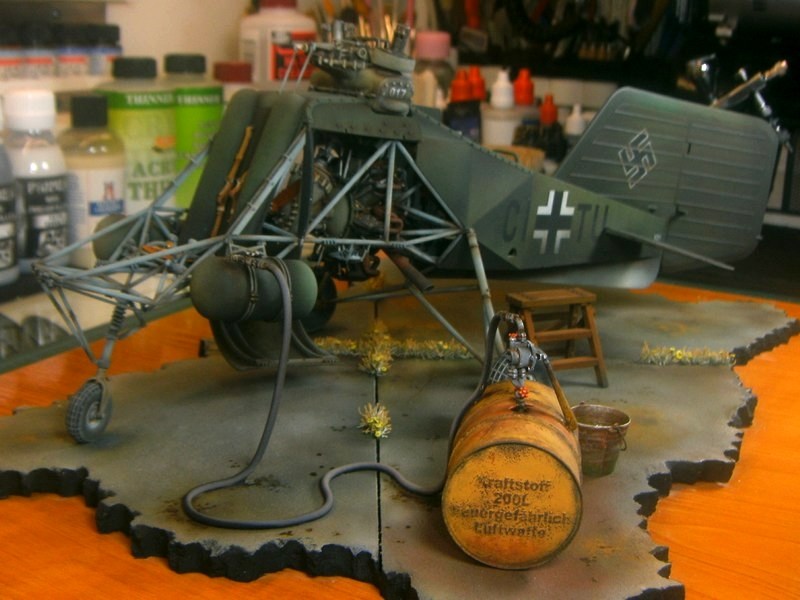
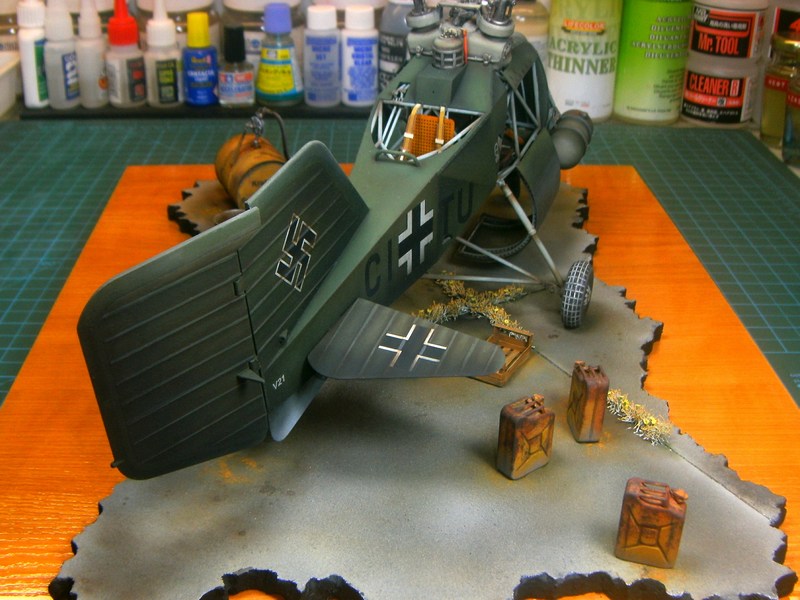
Rivet counters may say that the presence of a 200 litres fuel drum right next to the helicopter may look unreal or “too much”. Well, considering that the twin seat Fl-282 V21 helicopter had two 25 litres cylindrical fuel tanks mounted externally on both sides of the pilot seat (while the main 105 litres fuel tank installed on previous versions removed to host observer’s rear seat), a number of only 2 or 3 fuel canisters could be just enough to do the job. I am not sure about the official refueling procedures followed by Luftwaffe for the Kolibri helicopter during operational conditions & which were the appropriate method followed by engineers & maintenance personnel.- Did they park the Kolibri close to area where 200 litres fuel drums stored and later pumped fuel directly into helicopter’s tanks through a hose?
- Did they move (carrying on a truck / cart) the 200 litres fuel drums next to the helicopter’s parking area and later pump fuel inside tanks?
- Did they fill helicopter’s tanks with hand-carried smaller 20 litres canisters & funnels, brought from main fuel storage area, next to parked Kolibri?
IMHO, all the above (and many others) sound quite possible scenarios. Since we all have seen WWII era pics showing airfield ground personnel using a big variety of methods, from operating Opel refueling trucks, to mule / donkey driven carts or poor maintenance personnel carrying 20 litres canisters by hands, I think that having few 20 litres canisters left into the diorama scene and same time a 200 litres fuel drum feeding the helicopter tanks directly through a hose, could be considered as realistic and not just an “artistic accepted” option.
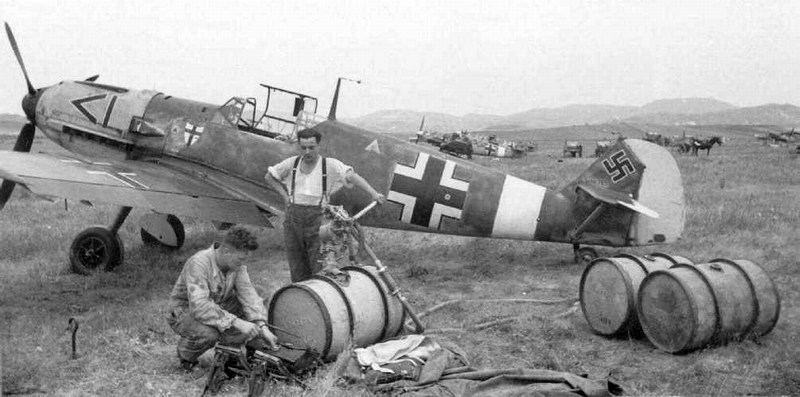
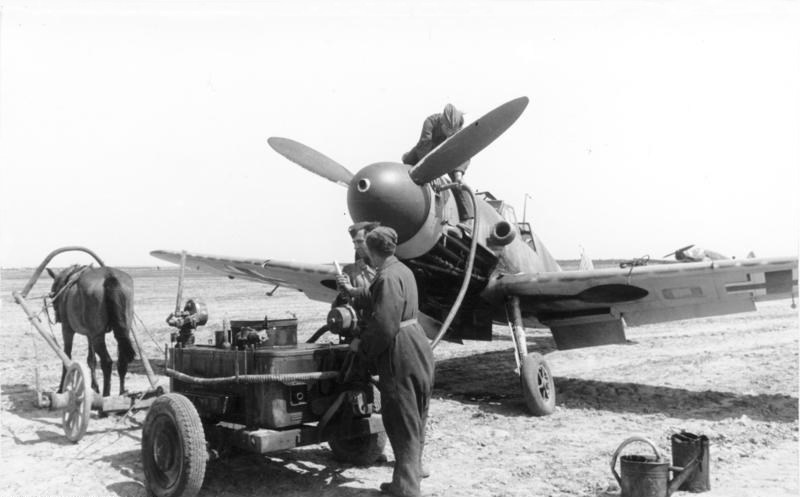
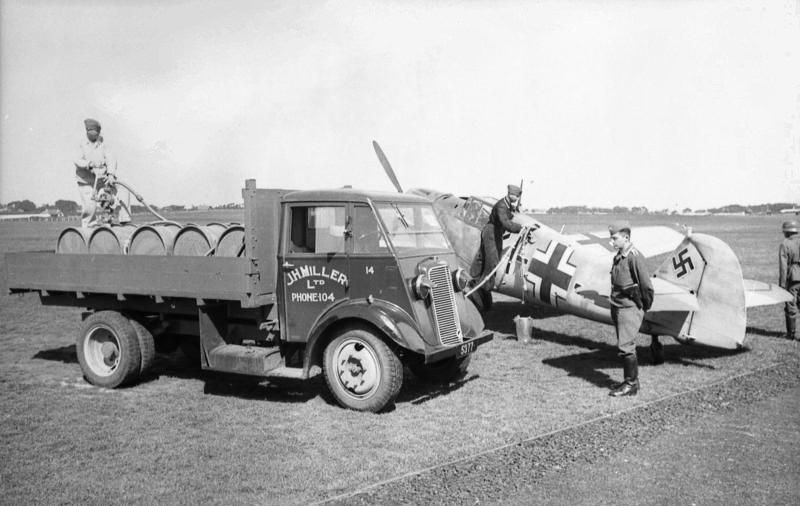
Meanwhile, the rotor blades for both versions attached on their rotor heads as described into the building manual (click HERE for the PDF formated file) through pages #88 to #94. Parts sprayed over with AK interactive AK768 primer to spot mistakes and prepare for paintjob. I did a visual inspection and shot some pictures.
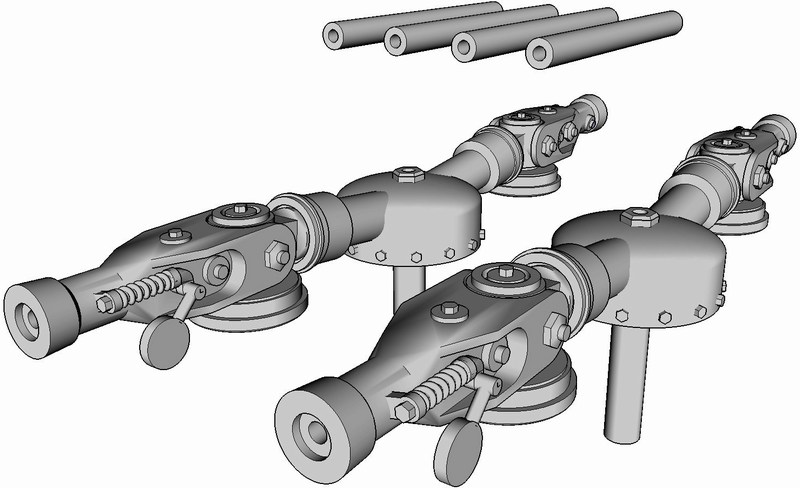
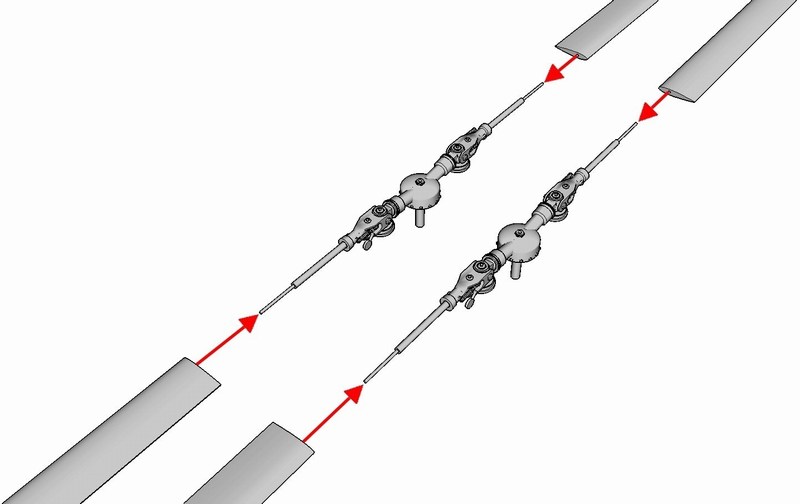
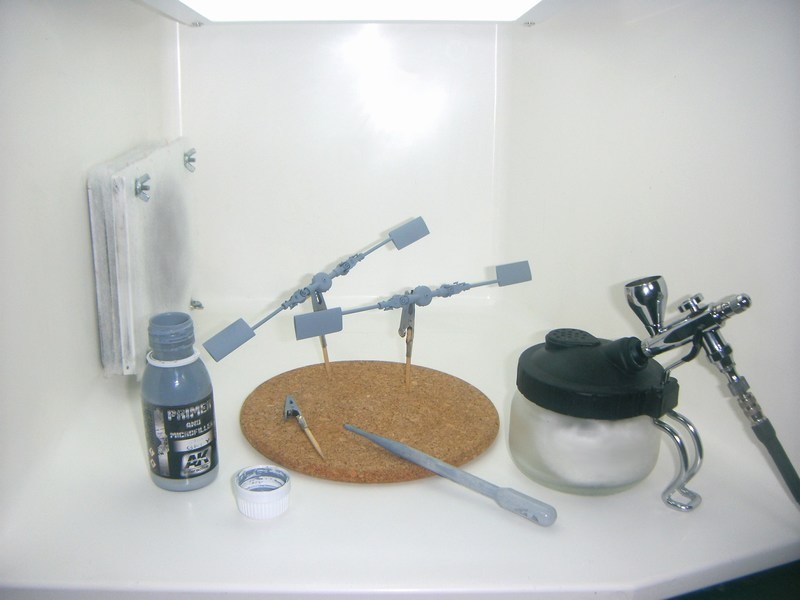
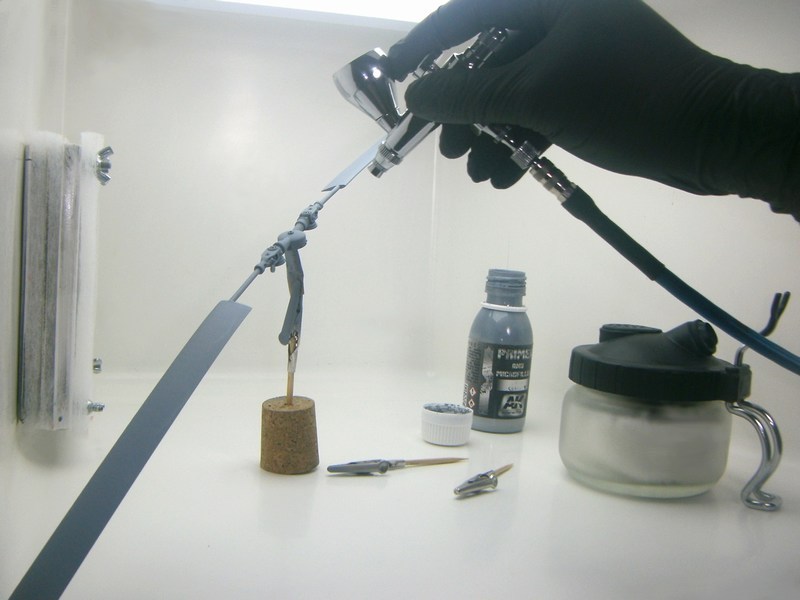
After overall primer, rotor blades dry fit tested to ensure that all individual components could be later combined together as an overall built model. I admit that it’s not easy to handle Kolibri scale model and find best angle for photoshoot on bench, while having the rotor blades (measuring approx 70 cm from one wingtip to the other) attached.
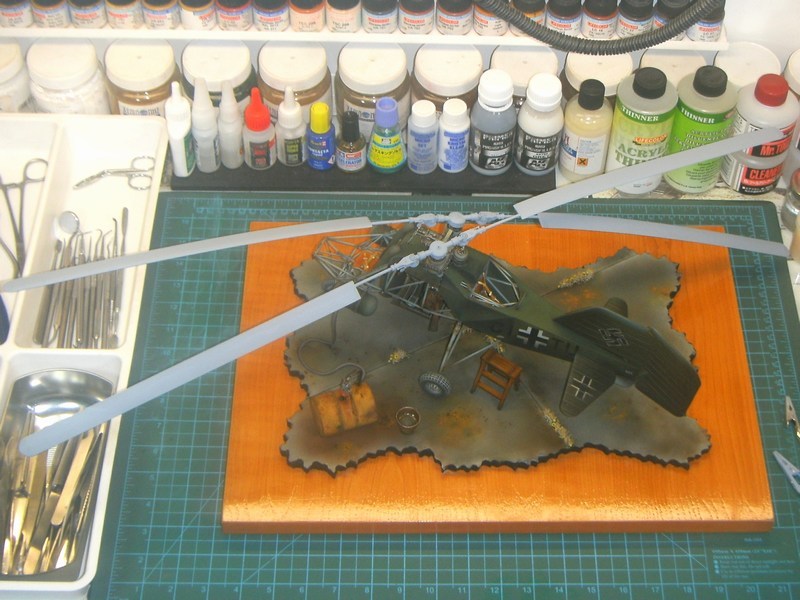
Comment
-
-
Yes, that would make sense, as well as explaining the lack of an exchange for the 'phone number, and also the number plate. Thanks Marty.
PeteComment

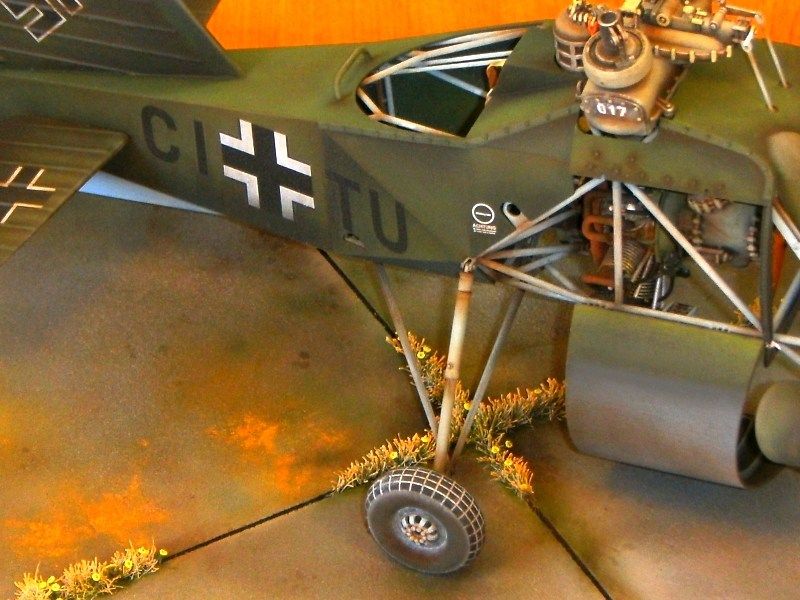
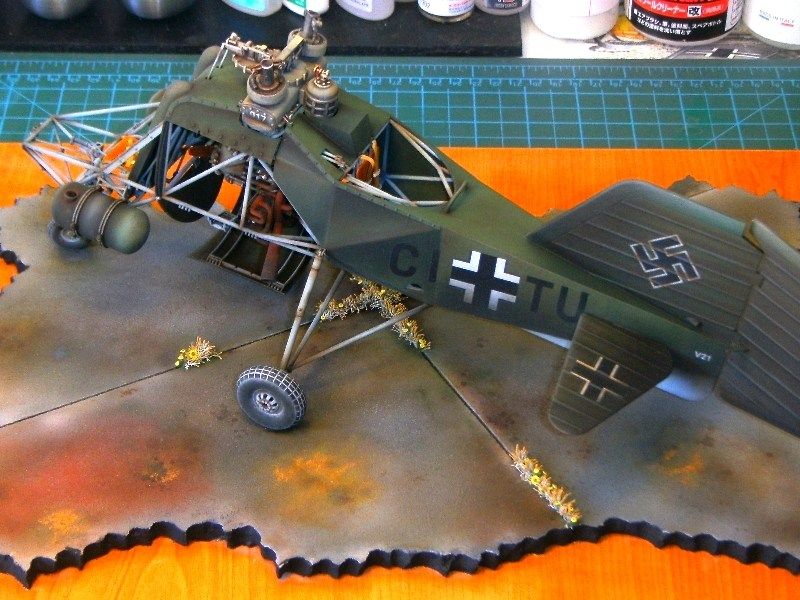
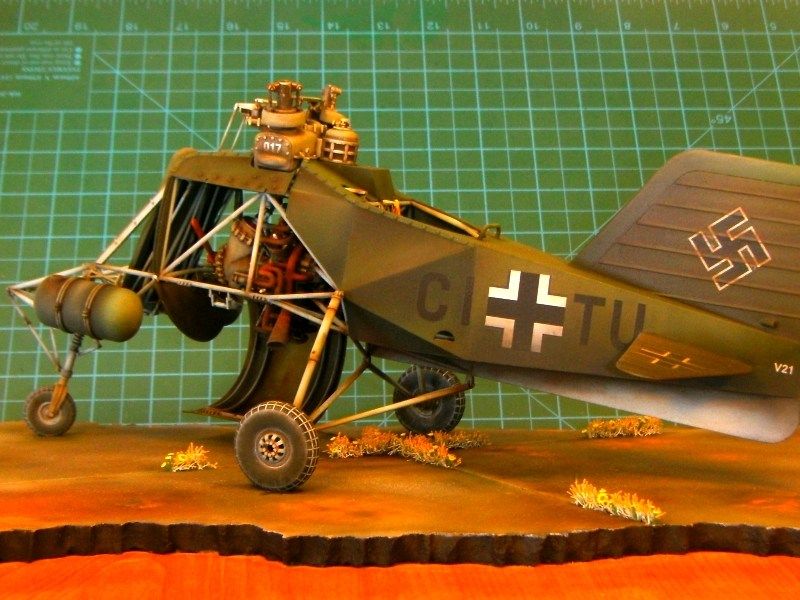
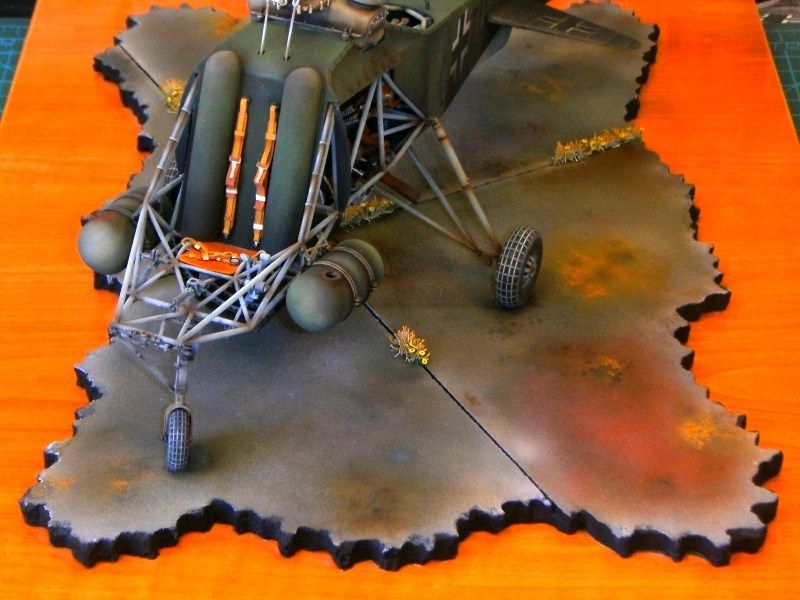
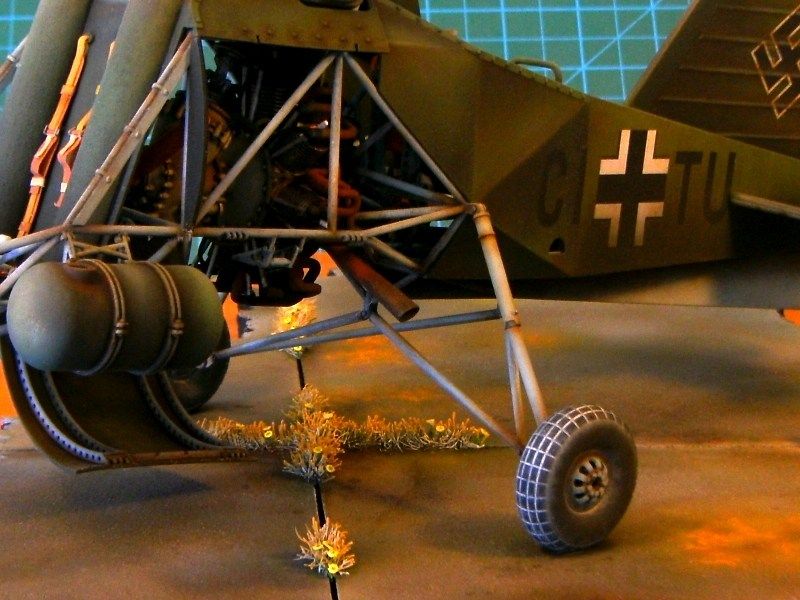
Comment